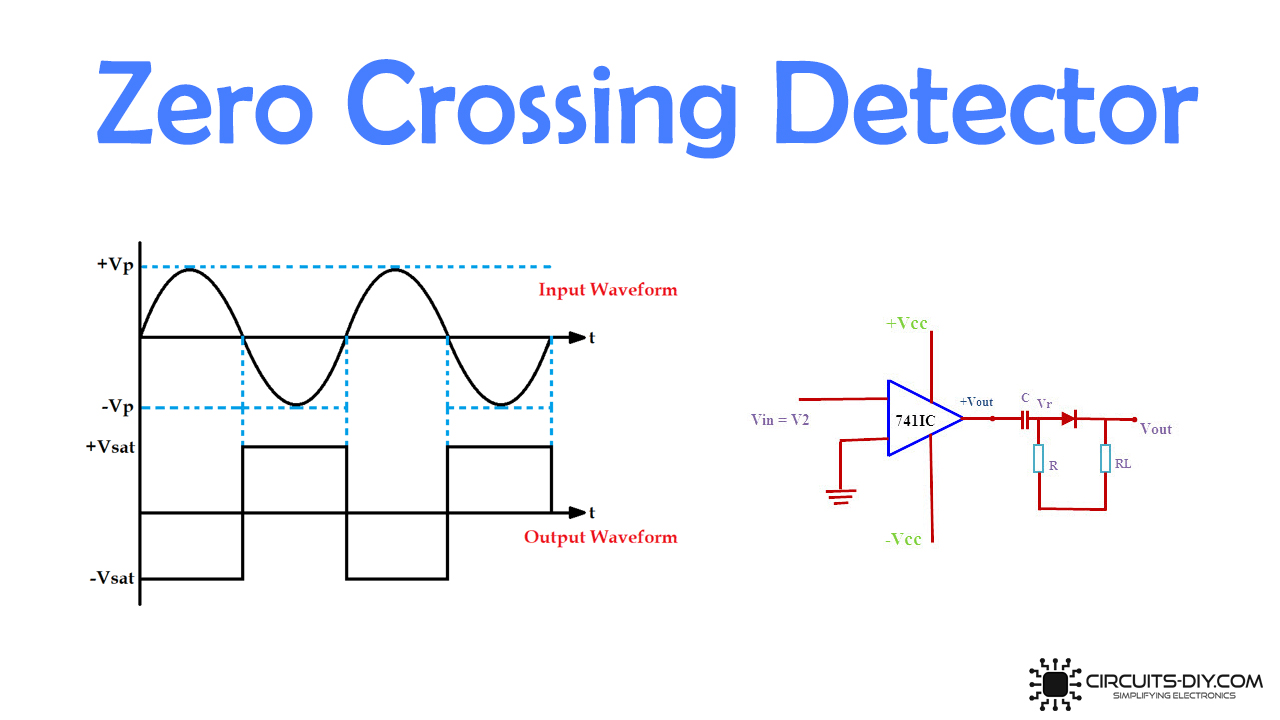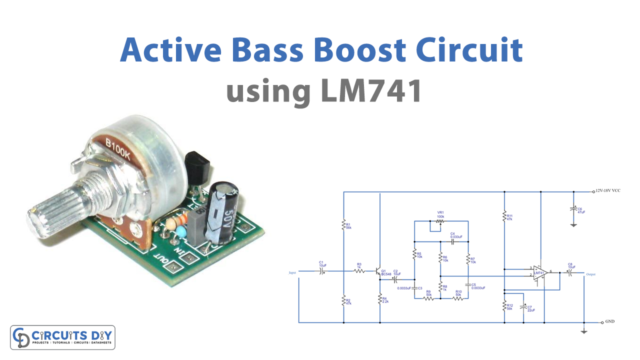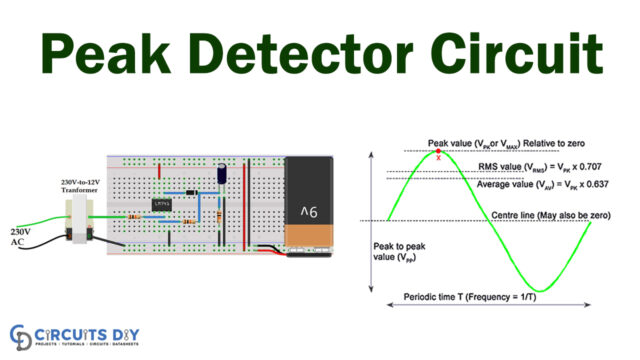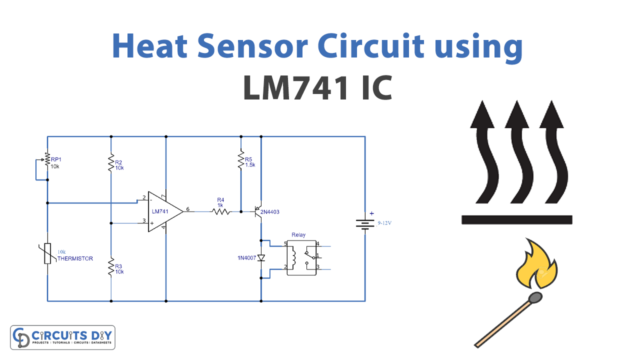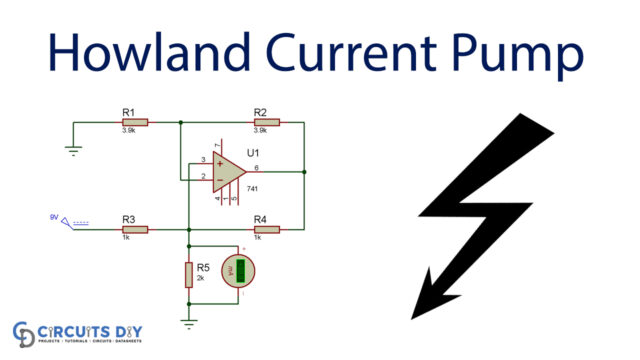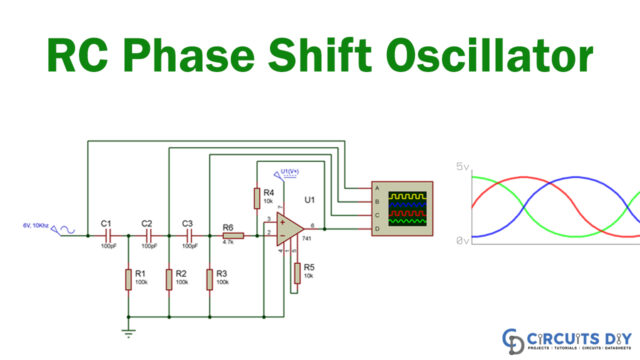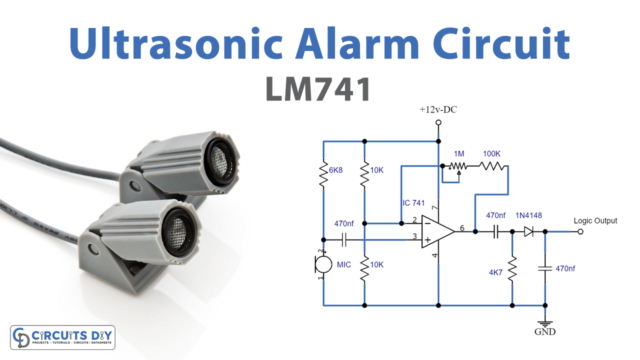In this tutorial, we are demonstrating a project of a “Zero Crossing Detector Circuit.” An Op-amp as a Comparator needs a zero-crossing detector circuit, so we can say that a zero-crossing detector circuit is an application of an operational amplifier. The variation in the sine waveform from positive to negative or the other way around while it crosses Zero voltage can be tracked using this circuit. It can likewise be utilized as a Square Wave Generator.
A Zero Crossing Detector can be designed from numerous techniques like utilizing a semiconductor, utilizing an operational amplifier, or utilizing an optocoupler IC.
[post_start_1]Hardware Component
The hardware components required to make Zero Crossing Detector Circuit are:
| S.no | Component | Value | Qty |
|---|---|---|---|
| 1. | Op-amp IC | LM741 | 1 |
| 2. | Transformer | 230 V-to-12 V | 1 |
| 3. | Power supply | 9 V | 1 |
| 4. | Resistor | 10 K | 3 |
| 5. | Breadboard | – | 1 |
| 6. | Oscilloscope | – | 1 |
| 7. | Connecting Wires | – | – |
Circuit Diagram

Circuit Operation
The non-inverting terminal is attached to the ground as a perspective voltage source in a Zero Crossing Detector Circuit. The operational amplifier’s terminal is updated with a sine wave input (Vin), given in the circuit diagram.
When you look at the positive sine wave feedback half pattern, we know that the operational amplifier’s output is small or of negative immersion if the voltage at the un-arrangement is not precisely the voltage at the reverse end. Therefore, we get a negative waveform voltage.
The non-inverting voltage (reference voltage) becomes more visible than the unsettling voltage, which is the input voltage at the top. The Op-amp output then turns out to be high or positive. So, as should be obvious from below, we can get a positive voltage waveform.
Thus, the Zero intersection of the output waveform can be recognized by changing its yield from negative to positive or negative.
Applications and Uses
The applications of Zero-Crossing Detector are:
- Phase Meter
- Time Marker Generator
- Frequency Counter


